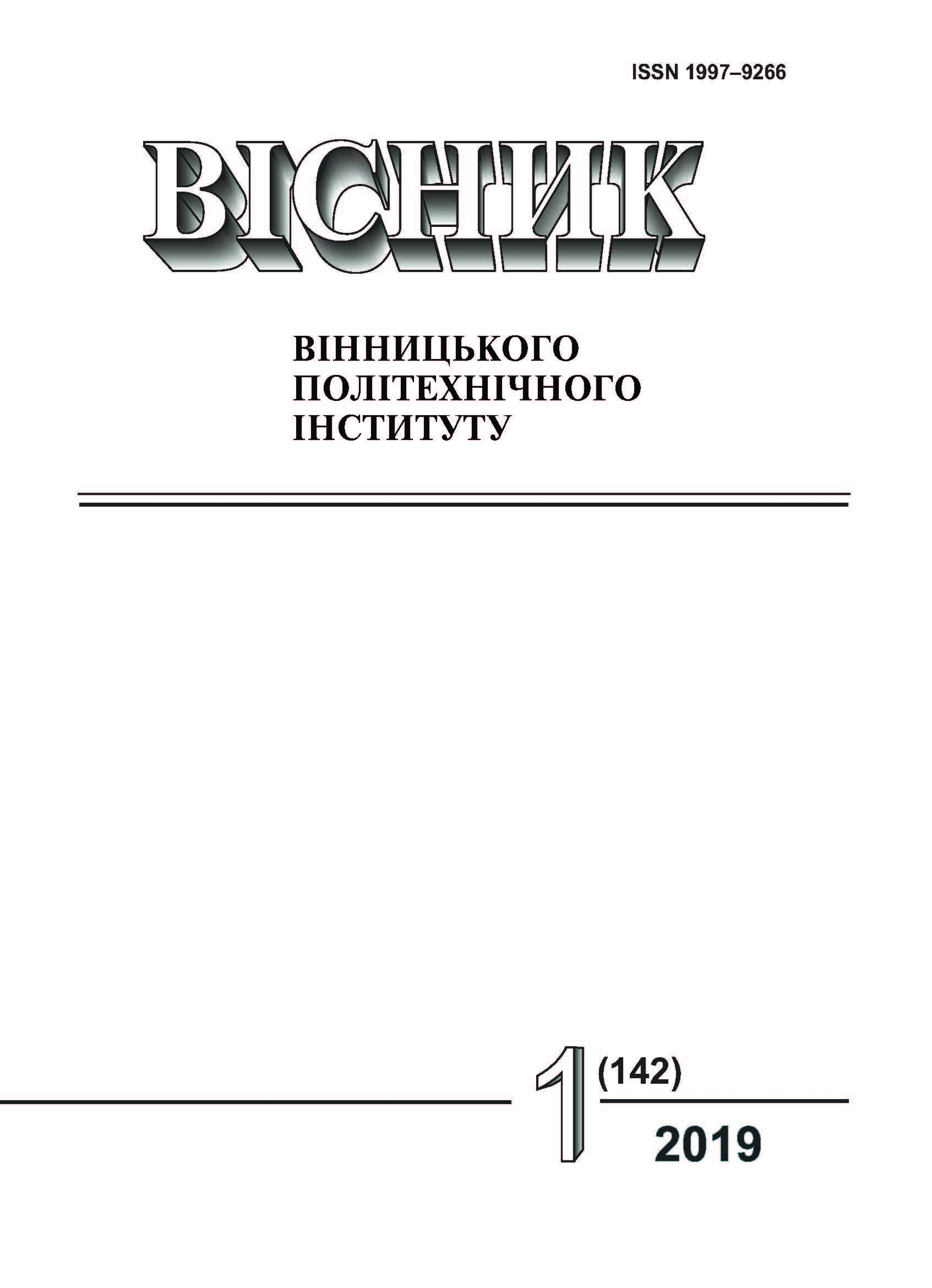Estimation Channel Bandwidth Rating IEEE802.11 by Using IPv4 and IPv6 Protocols
DOI:
https://doi.org/10.31649/1997-9266-2019-142-1-92-100Keywords:
stack, protocol, TCP,, IP, network, packet transfer, IEEE802.11, wireless networkAbstract
Transmission of data through wireless communication channels is carried out by the TCP / IP protocol stack. This stack of protocols should be hardware-independent, that is, applied regardless of which operating systems it operates, which communication channels are used. It provides universality to data transfer systems, however, it can negatively affect the operation of transmission channels, in particular wireless networks that have a limited data rate. Increasing redundancy in the formation of data packets may reduce the bandwidth of the channel and, accordingly, the speed of the channel. For wireless communication channels, IEEE802.11 standards achieve high speeds through the use of MIMO spatial multiplexing technology and channel bandwidth expansion through the use of 2.4 GHz and 5 GHz bands, which also use packet data and various types of IP addressing. Systems with different types of IP addressing can use Dynamic Host Configuration (DHCP) protocols, which allow to automatically receiving the required parameters for network operation. According to protocol specification, IP addressing will affect the dimension of packets and the order of its formation.
Estimating the performance of using protocols of various versions is possible with the help of maximum and average values of delta, maximum and average jitter (as variation of delay), packet delays, and bandwidth.
The analysis of possible options for improving network parameters, when applying a certain network architecture, including a two-stacked network, is a transition technology in which IPv4 and IPv6 work in tandem with a general or dedicated link; tunneling to create an overlay network that tunnels one protocol by another, encapsulating IPv6 packets in IPv4 packets and IPv4 packets in IPv6 packets; Broadcasts that facilitate the exchange of data between hosts and networks only for IPv6 and only for IPv4 by executing an IP header and converting addresses between two groups of addresses, domain name mapping, and IP addresses of the DNS protocol.
The purpose of this article is to study changes in the characteristics of the information parameter of the wireless communication channel IEEE802.11 standards when using IPv4 and IPv6 protocols of different types.
References
П. О. Кравченко, Блокчейн и децентрализованные системы. Online-курс по Blockchain. Харків, Україна, 2018.
Сравнение протоколов IPv4 и IPv6 IBM Knowledge Center [Электронный ресурс]. Режим доступа:
https://www.ibm.com/support/knowledgecenter/ru/ssw_ibm_i_73/rzai2/rzai2compipv4ipv6.htm.
Технология NAT64: соединение сетей IPv6 и IPv4 [Электронный ресурс]. Режим доступа:
Стандарт беспроводной локальной сети (WLAN) IEEE802.11 [Электронный ресурс]. Режим доступа:
https://www.ntt-review.jp/archive/ntttechnical.php?contents=ntr201207fa1.html.
International Journal of Engineering, Applied and Management Sciences Paradigms, vol. 23, issue 01, Publishing Month: April 2015 An Indexed and Referred Journal ISSN (Online): 2320-6608 www.ijeam.com Mohamed Karamalla Hashim Fadelseed1 and Dr. Amin Babiker A/Nabi Mustafa.
Sebastian Ziegler, at al., “IoT6 – Moving to an IPv6-Based Future IoT IPv6.” Future online build, 2013.
В. Бєлов, та Д. Ільчук, «Аналіз застосування методів графічної та радіочастотної ідентифікації в мережах IEEE802.11,» НПВНТУ, № 4, бер. 2018. [Електронний ресурс]. Режим доступу: https://praci.vntu.edu.ua/index.php/praci/article/view/524 .
В. С. Бєлов, та А. С. Бєлов, «Аналіз спектру в діапазоні НВЧ на основі квадратурної обробки елементарних складових,» Вимірювальна та обчислювальна техніка в технологічних процесах, № 1, с. 83-87, 2014.
В. С. Бєлов, та А. С. Бєлов, «Декодер складових комплексного каналу з ортогональним частотним розділенням несучих,» Східно-європейський журнал передових технологій: фізико-технологічні проблеми радіотехнічних пристроїв, засобів телекомунікацій, нано- і мікроелектроніки, т. 6, № 12 (66), c. 11-14, 2013. ISSN: 1729-4061.
В. С. Бєлов, та А. С. Бєлов, «Реалізація апаратного декодера мультиплексованих сигналів з ортогональним частотним поділенням,» Вимірювальна та обчислювальна техніка в технологічних процесах, № 3, с. 129-133, 2012.
The DNS Protocol [Electronic resource]. Accessed: http://www.firewall.cx/networking-topics/protocols/domain-name-system-dns/158-protocols-dns.html.
The American Registry for Internet Numbers (ARIN): IPv4 and IPv6 [Electronic resource]. Accessed:
https://www.arin.net/knowledge/ipv4_ipv6.pdf
IP Addressing Guide Cisco [Electronic resource]. Accessed:
W. Stallings. “IPv6: the new Internet protocol,” IEEE Communications Magazine, vol. 34, issue 7, pp. 96-108, Jul 1996.
What is WiFi: IEEE 802.11 [Electronic resource]. Accessed:
https://www.electronics-notes.com/articles/connectivity/wifi-ieee-802-11/what-is-wifi.php .
Karl A. Siil, IPv6 Mandates: Choosing a Transition Strategy, Preparing Transition Plans, and Executing the Migration of a Network to IPv6. Wiley, first edition, March. 2008.
Downloads
-
PDF (Українська)
Downloads: 463
Published
How to Cite
Issue
Section
License
Authors who publish with this journal agree to the following terms:
- Authors retain copyright and grant the journal right of first publication.
- Authors are able to enter into separate, additional contractual arrangements for the non-exclusive distribution of the journal's published version of the work (e.g., post it to an institutional repository or publish it in a book), with an acknowledgment of its initial publication in this journal.
- Authors are permitted and encouraged to post their work online (e.g., in institutional repositories or on their website) prior to and during the submission process, as it can lead to productive exchanges, as well as earlier and greater citation of published work (See The Effect of Open Access).





